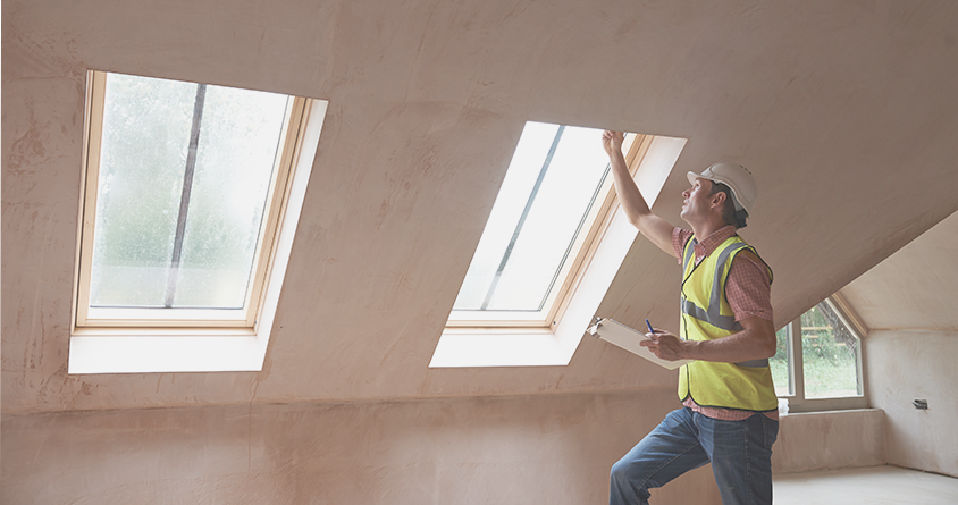Fumigation of an entire structure is the only termite treatment that can ensure 100 percent elimination of drywood termites. Any building with wood in the structure is susceptible to infestation.
A treatment with Vikane® gas fumigant penetrates all air spaces inside the structure, including inside the infested wood. It’s why structural fumigation is the only proven way to get 100 percent drywood termite elimination.
Other Options, But No Alternatives
While the total efficacy of fumigation has been proven through research and more than 55 years of real-world use, some other treatments, such as heat or chemical spot treatments, claim comparable results. However, Vikane gas fumigant is the only treatment proven to completely eradicate drywood termite and other pest infestations — without damaging the structure or personal possessions.
Liquid Spot Treatments
Chemical spot treatments, such as Termidor insecticide, can be effective in eliminating a drywood termite colony if it has been located. The important point is that only discoverable colonies can be treated (we can only find what is visible). This may be easy enough if the termites are in a door frame, window frame or some other visible and accessible location. In such cases, spot treatments with a proven insecticide can be effective.
The Facts of Spot Treatment
The effectiveness of products used in spot treatments varies. For example, research shows that orange oil, under the brand name XT-2000, may allow up to 50 percent drywood termite survival in wood treated with a 92 percent concentration of its active ingredient, d-limonene. This ingredient is closely related to turpentine1 and flammable at a flash point of 115 F. The oil’s solvent properties may mar paint and other finishes when used in concentrations required for termite treatment, and research indicates that it reacts to ozone in potentially harmful ways.2-4
Heat Treatments
A heat treatment is the only alternative to fumigation that may eliminate all drywood termites from a structure, but with limitations. The concept of using heat is easy to understand; it breaks down vital enzymes within the insects’ cellular membranes.
However, effective heat treatment is labor intensive and not easy to accomplish. To do so requires enough heat for a sufficient period of time. This means sealing the structure and heating it for four to six hours until the core temperature inside the largest wood members reaches 120 F to 130 F for up to an hour.4 This may require reaching temperatures as high as 160 F to overcome the heat-robbing effects of insulation, brick walls or other construction factors. Without constant monitoring, it is virtually impossible to ensure that the core of all wood members have reached lethal temperatures.
Another limiting factor is that household items such as televisions and computers must be removed or insulated to prevent damage.
So, while it is possible to use heat to eradicate termites from an entire structure, it is important to note that a heat treatment is not fully comparable with a treatment with Vikane gas fumigant.
An Uncertain Path
Heat and microwave treatments used to treat only a portion of an infested building will have no effect on drywood termite colonies living in untreated areas of the building.
References
1Mashek, B., and W. Quarles. 2008. Orange Oil for Drywood Termites: Magic or Marketing Madness? Source
2Wainman, T., J. Zhang, C. J. Weschler, and P. J. Lioy. 2000. Ozone and Limonene in Indoor Air: A Source of Submicron Particle Exposure. Source
3Science Lab. 2013. Material Safety Data Sheet: DLimonene MSDS. Source
4Lewis, V. R., A. M. Southerland, and M. I. Haverty. 2014. Drywood Termites. Source




